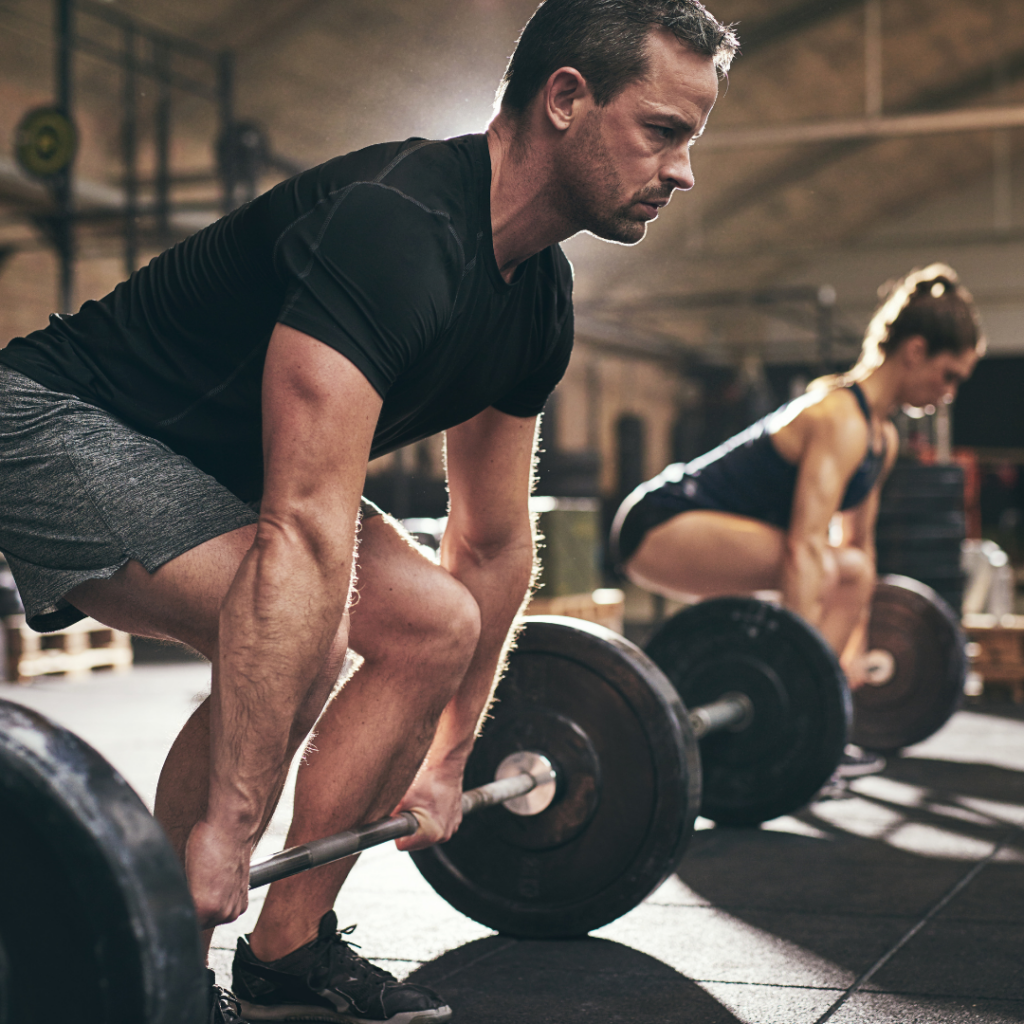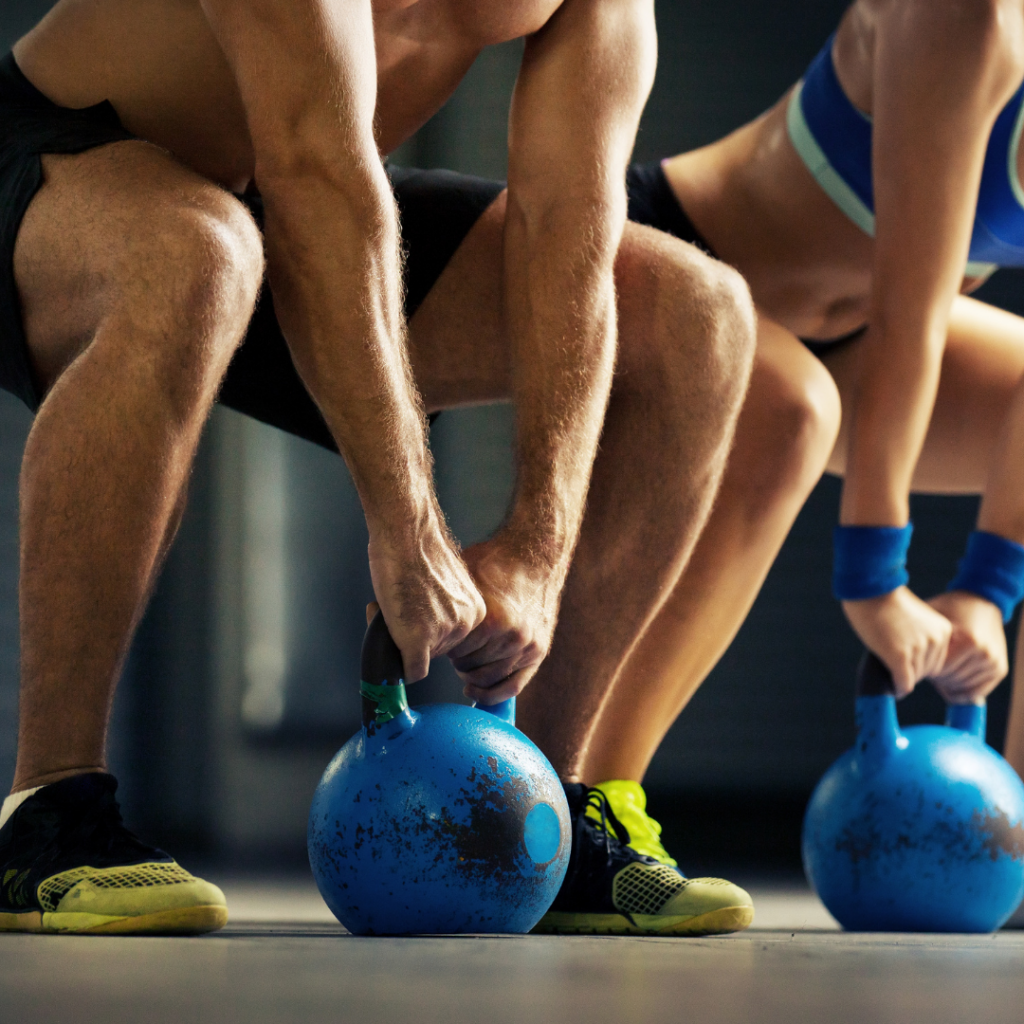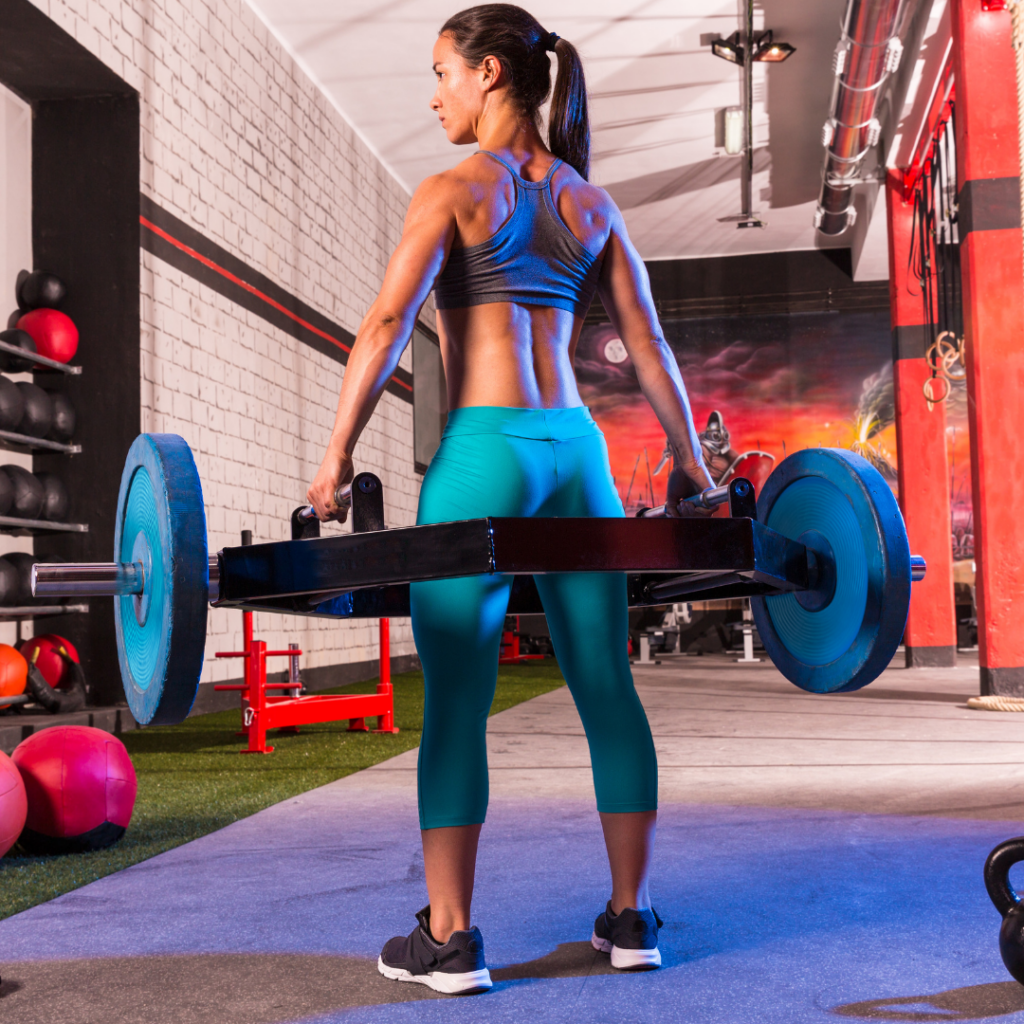One of the most intimidating exercises for novice gym goers has to be deadlift – picking up weight from the ground to describe it simply. Many of our new clients and athletes often approach this exercise with trepidation because they think that deadlift will cause back pain and injury. But, is the deadlift actually bad for you?

Deadlifts can be the wrong exercise for some people, but probably not for the reasons you’re imagining. A properly executed and loaded deadlift is one of the best exercises for real world activities, aesthetics, and improved fitness.
Table of Contents
ToggleWhen Does a Deadlift Go Wrong?
One of the biggest reasons why a deadlift could injure someone is if they have not been taught proper technique. If you’ve ever been trying to lift something off the floor (I’m sure that you have seen those graphics about proper lifting techniques on large boxes?) and you are feeling the strain through your lower back…well that is improper deadlift technique.
Proper technique requires a few key points:
- Reach the hips back
- Bend the knees
- Keep the chest up and shoulders back
What you don’t want to see:
- Hips higher than shoulders
- Straight legs
- Rounding through the mid and lower back
- Shoulders rounded forward

Having a coach or trainer with the knowledge for teaching the deadlift technique is a great way to help everyone gain confidence and strength with the exercise.
Which Exercise Progression is Right for You?
The key to getting stronger and more confident with the deadlift is to start with the right progression so that your body (and muscles) learn the technique before you start to load this lift heavier. At Progressive Performance, our coaches will start most of our new clients with a kettlebell deadlift, because the weight is light enough to coach through the technique while still being challenging enough to get stronger.

Once our clients demonstrate their ability to maintain their technique through the whole range of our kettlebells, we then move to a hex bar or trapbar. This allows our clients the opportunity to start loading the deadlift heavier, continuing to provide challenge and strength gains. Some of our clients may never progress from a trapbar to a straight bar/barbell deadlift, it’s not everyone’s goal (which is absolutely okay!). Strength gains and improved fitness can be made on the trapbar for a lifetime of lifting.

The final progression is a straight bar deadlift using a barbell and plates, and it’s the one that most people picture in their minds’. The straight bar deadlift is one of the three lifts that is part of the competitive sport of powerlifting. Dedicated strength athletes affectionately refer to this lift as the ‘King of All Lifts’, and is a main staple in most athletes’ training programs.

Accessory Movements
Your deadlift training can be supplemented by several different accessory movements to help you gain strength, stability, and confidence in your ability to perform the exercise, as well as improve your aesthetics.
Deadlift Variations:
- Romanian Deadlift (RDL)
- Rack/Block Pull (from a mid-shin or elevated surface)
- Single-Leg RDL
- Paused Deadlift
How Often Should You Train Deadlift?
There’s plenty of debate within the competitive strength world about how often an individual should train the barbell deadlift, but through our experience and in the research that we have done over the years, we’ve found that a standard (from the floor on a straight bar) deadlift one time per week is perfect. Deadlifting with a straight bar is quite taxing and fatiguing, especially to your central nervous system, so allowing enough recovery time will set you up for success.
Having accessory movements programmed into your other training days are definitely recommended, and communicating your goals to your coach or trainer will make sure that you make the progress that you’re looking to achieve.
Our general fitness clients who are in the gym to improve their strength and health markers, but don’t have specific powerlifting goals can deadlift a bit more frequently because they won’t be exerting maximal strength or training on the barbell from the floor.
What Muscles Are Supposed to Be Working?
Now that you know that you shouldn’t be feeling your back in the deadlift, you might be wondering what muscles you should be utilizing and strengthening during the exercise. The reason why seasoned strength athletes call it the ‘King of All Lifts’ is because it is truly a total body workout, and requires many muscles and parts of the body to work in harmony to achieve a safe and effective workout.
The posterior chain(quads, hamstrings, glutes, and erectors in the low back) are major players, along with the traps, pecs, forearms (for grip), and the entire core (abs, lats, psoas, etcs.). After a heavy deadlift you might be surprised by how sore your upper back will be the following day!
Maybe you’re someone who performs their deadlift with a wider stance (also known as sumo stance), your adductors will contribute significantly too. Also, if you’re looking to build a strong core or maybe even see a six pack of abs one day, you definitely need to be deadlifting! Strong and engaged abdominals is the best way to prevent back injuries, whether you’re doing a strength training or cardio workout.
Proficiency in the Gym Leads to Real Life Applications
Not only does increasing your strength and lean muscle mass have a proven positive effect on the longevity and quality of your life as you age, being comfortable and confident in your ability to lift heavy weights properly will help you in your daily life.
You’ll no longer be afraid to help move an heavier (or slightly awkward) item in your house, yard tasks like moving logs or wheelbarrows of dirt will become a real world application of your body’s capabilities. Just imagine how amazing it will be to feel confident picking up your kids or grandchildren up off the floor, or not having to ask for help the next time you’re at the home improvement store purchasing bags of soil!
Does this sound like something you need help with? Let our coaches give you the confidence to improve your deadlift, gain strength, feel better inside and outside of the gym. If you’re tired of avoiding deadlifts, straining or irritating your back, and being held back in the yard – send us an email inquiry to get you started feeling better after just one session with our coaches.



